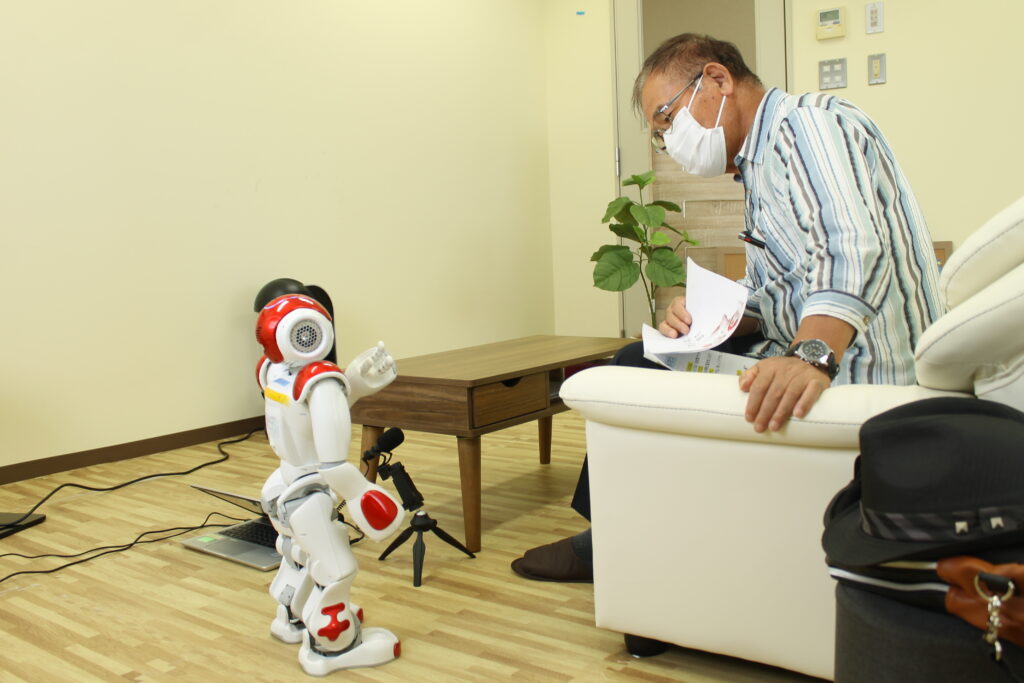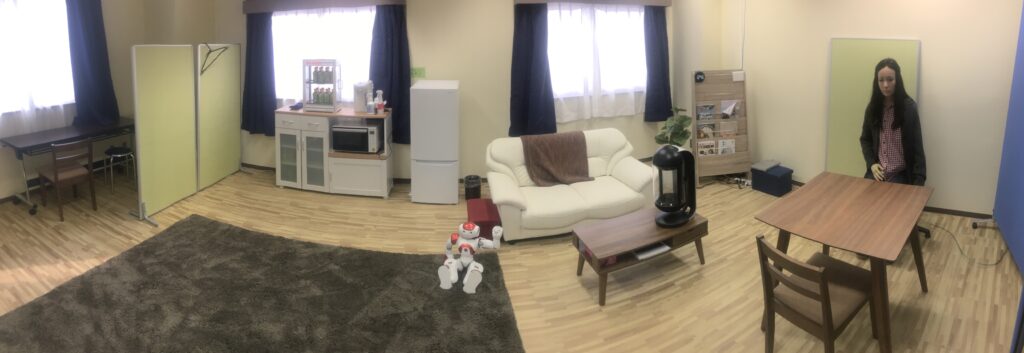Tohoku University : The first living lab on the Japanese side to be involved in the project
The Institute of Development, Aging and Cancer (IDAC) at Tohoku University in Sendai has extensive experience in human cohort studies, and in recruiting and involving older adults with research. Research at IDAC is especially focused on cognitive and brain health, something we understood was a priority for older Japanese adults from earlier interview studies in the e-VITA project. It was decided that Tohoku University will become the first living lab on the Japanese side to be involved in the project, setting the stage for living labs to open later in Tokyo and Nagoya.
In context
The e-VITA project, which began in January 2021, is now reaching the end of its first year. The first 6 months were spent researching the requirements and expectations of the virtual coach from older adults across the participating countries, and 2022 will see the deployment of the early versions of the virtual coach in the real homes of older people. To bridge this transitionary stage from the research environment to the daily life of the target users, we are utilizing a participatory design and living lab approach. The living lab replicates a domestic environment, so that we can receive feedback in real-time and observe the interactions between older adults and the devices that will be used to create the virtual coach. At this stage, we have been assessing the accessibility and usability of those devices.

” Nao is so extremely cute, almost like a pet. So that I feel I want to use Nao in my daily life; and I think it will be useful for healthy aging. I think Nao can help people who are living alone with more social contact and being able to communicate. The living lab felt close to my own living room, it was somewhere I could relax.”
A participant from the Living Lab of Sendai.
A closer look
The Tohoku University Living Lab was newly furnished in August of 2021, and opened for experiments the following month. The room is a simple, comfortable space, designed to recreate the feeling of being in a living room – a place where you can spend time, have a tea, and chat with a robot or an android!
The main area features a sofa, rug, and table, with a small dining table and chairs nearby. There is also a fridge, microwave, and bookstand. Being the first ‘living lab’ of its kind at Tohoku University, it is still being updated and developed as the researchers try to improve its functions. For example, items for cognitive training and exercise will be added soon. It is equipped with a partitioned space for researchers to observe, or a webcam for remote monitoring during experiments, and can easily accommodate additional sensors and technologies.
In designing the living lab, researchers at Tohoku University visited the Smart Innovation Lab at the NTT building in Sendai to gather ideas on the latest trends; and of course took inspiration from the everyday homes of Japanese people. As of November 2021, the Living Lab contains Nao robots, the Gatebox device containing the virtual character Hikari-chan, and the android Ando-san provided by AIST.
Outcomes
From the research taking place with older adults, we expect to achieve a deep understanding of both our potential users, and what the system must do to bring benefit to their daily lives. We will design and re-design in the living lab environment at the university, while continuously sharing the results between the European and Japanese sides. This will ensure a successful deployment of the system in the next phase, the Proof of Concept study, which will take place in the homes of older adults.

“I have seen these kind of robots on TV, but it was my first time to touch and interact with them. I realized here that they can be communication robots, and that there are different types. On the second day, I got much more used to it and I feel relaxed when talking with them now.”
A participant from the first experiments in Japan







